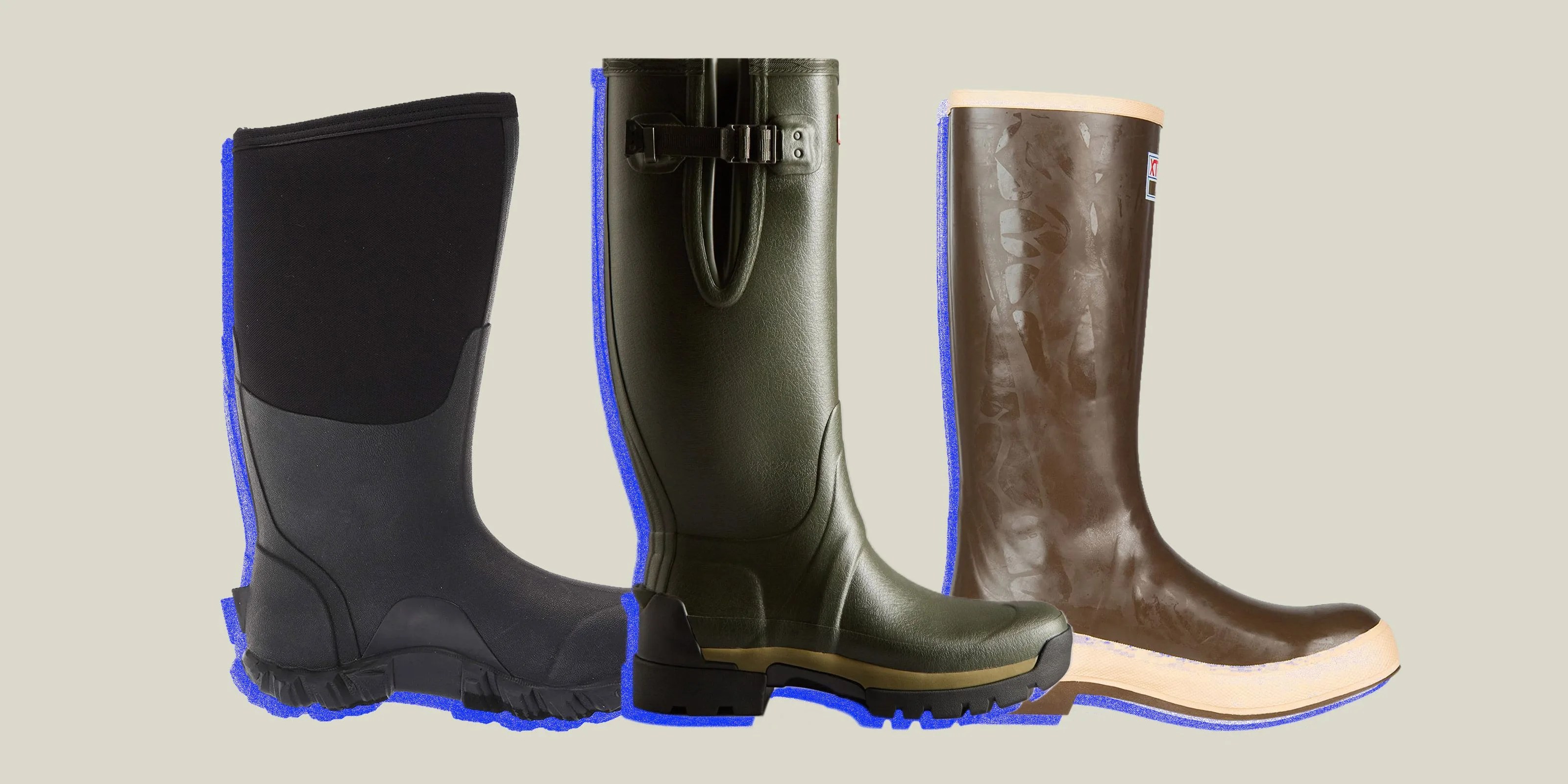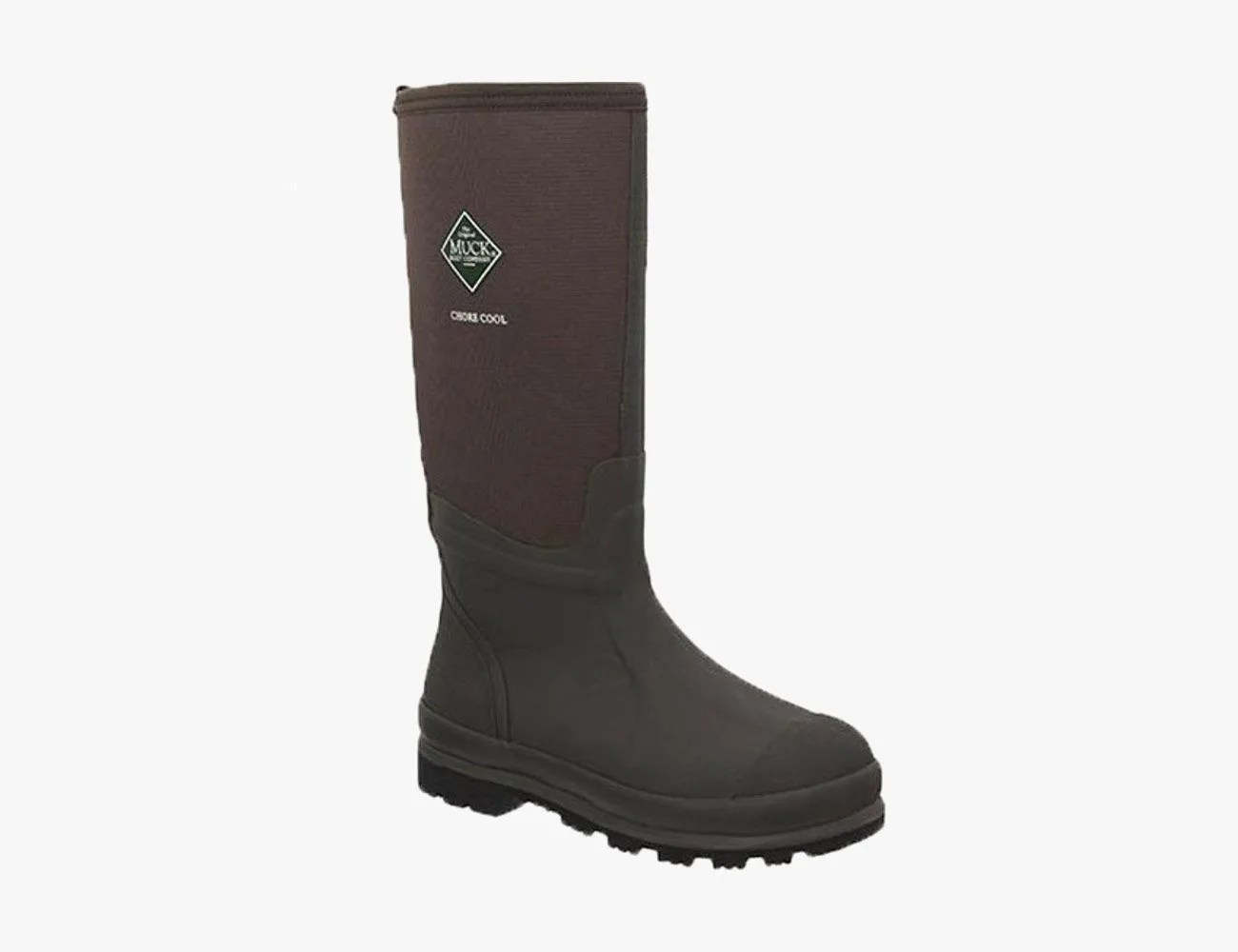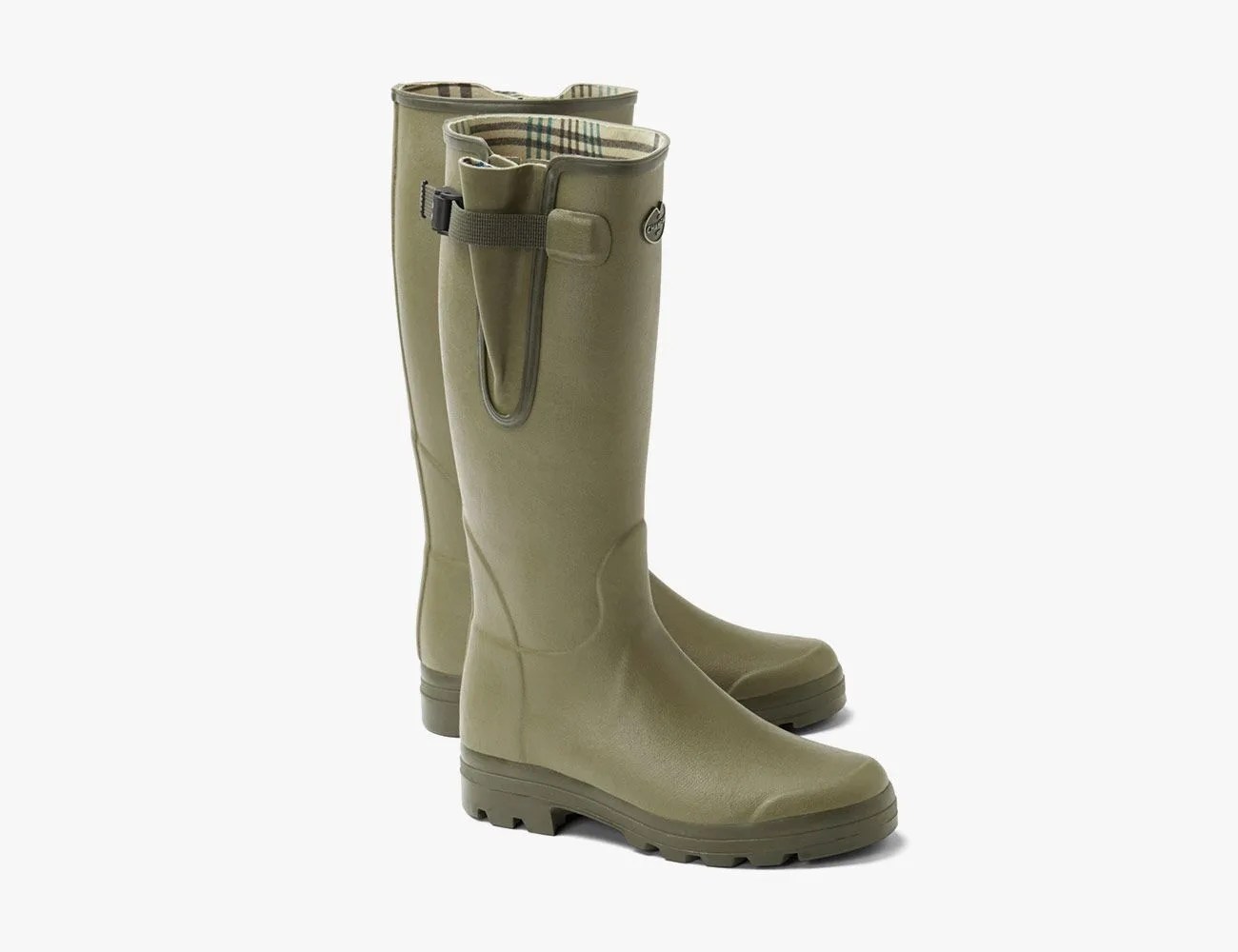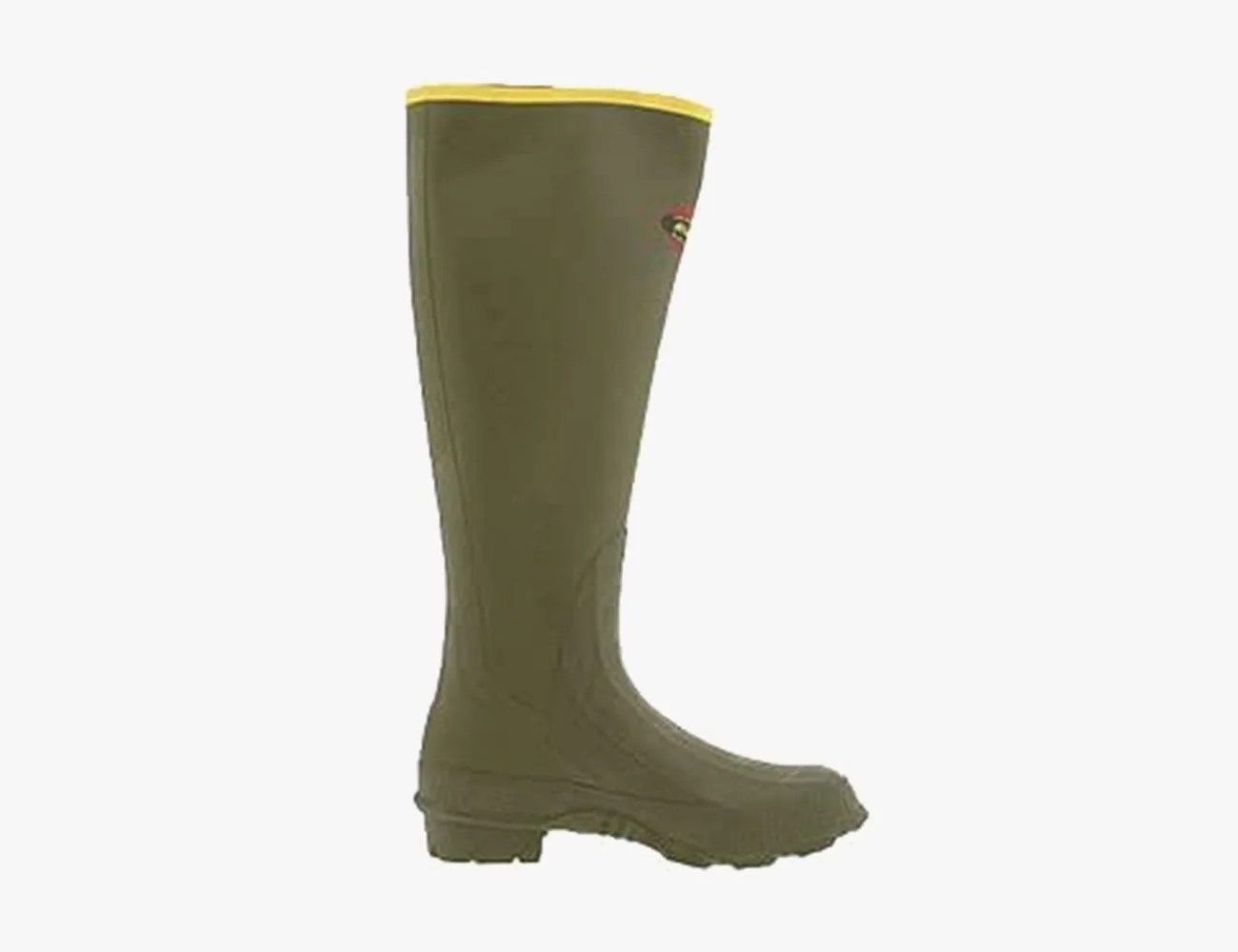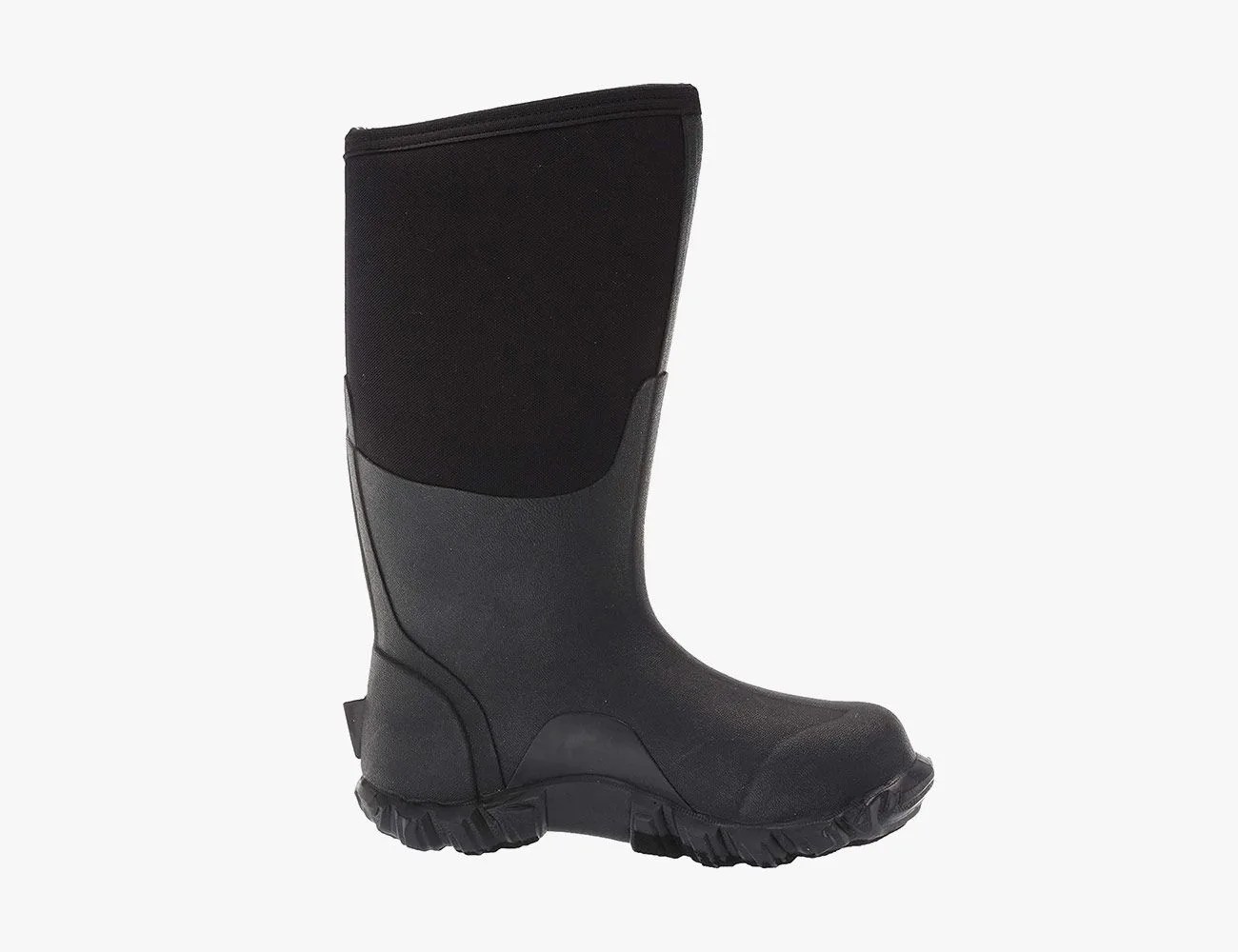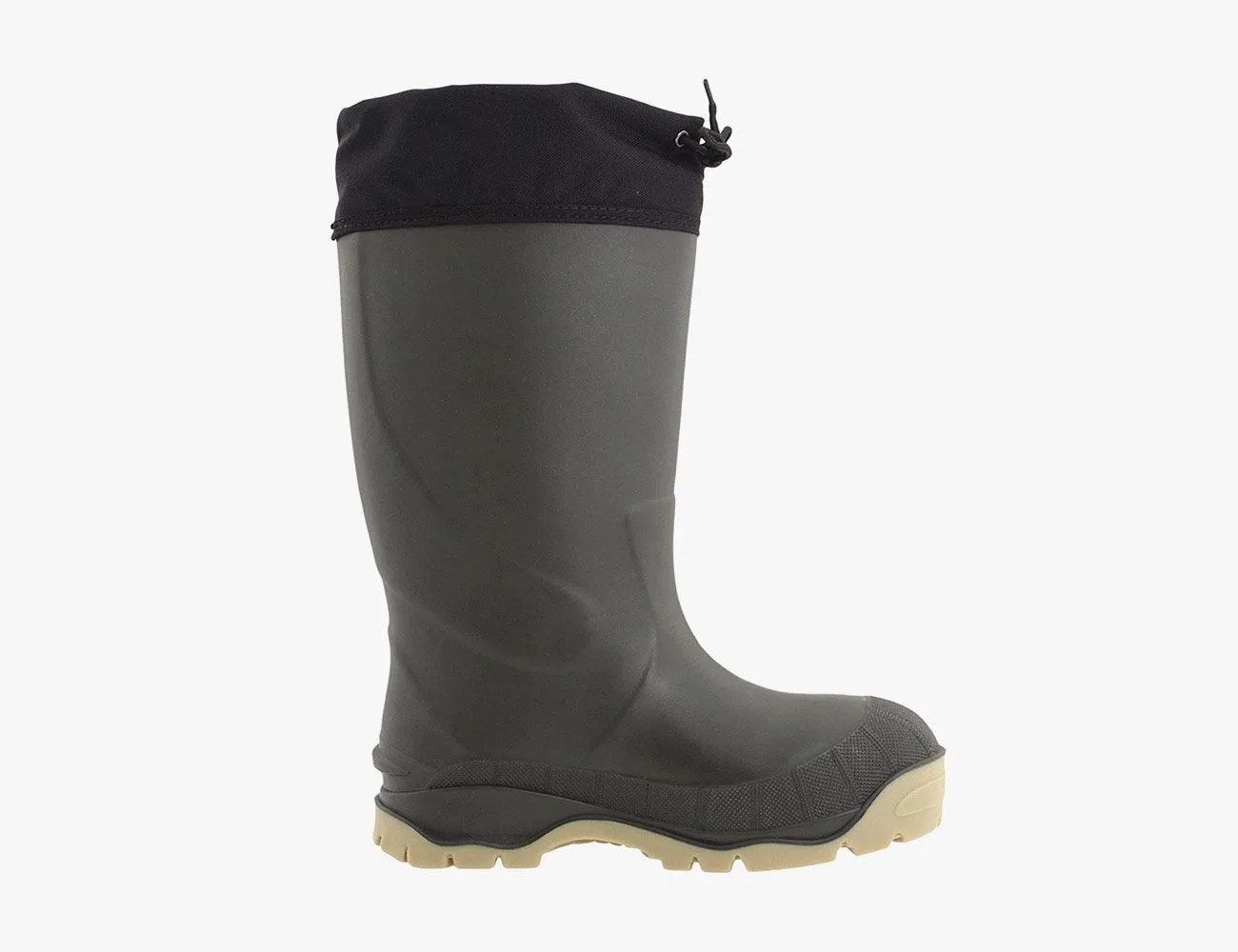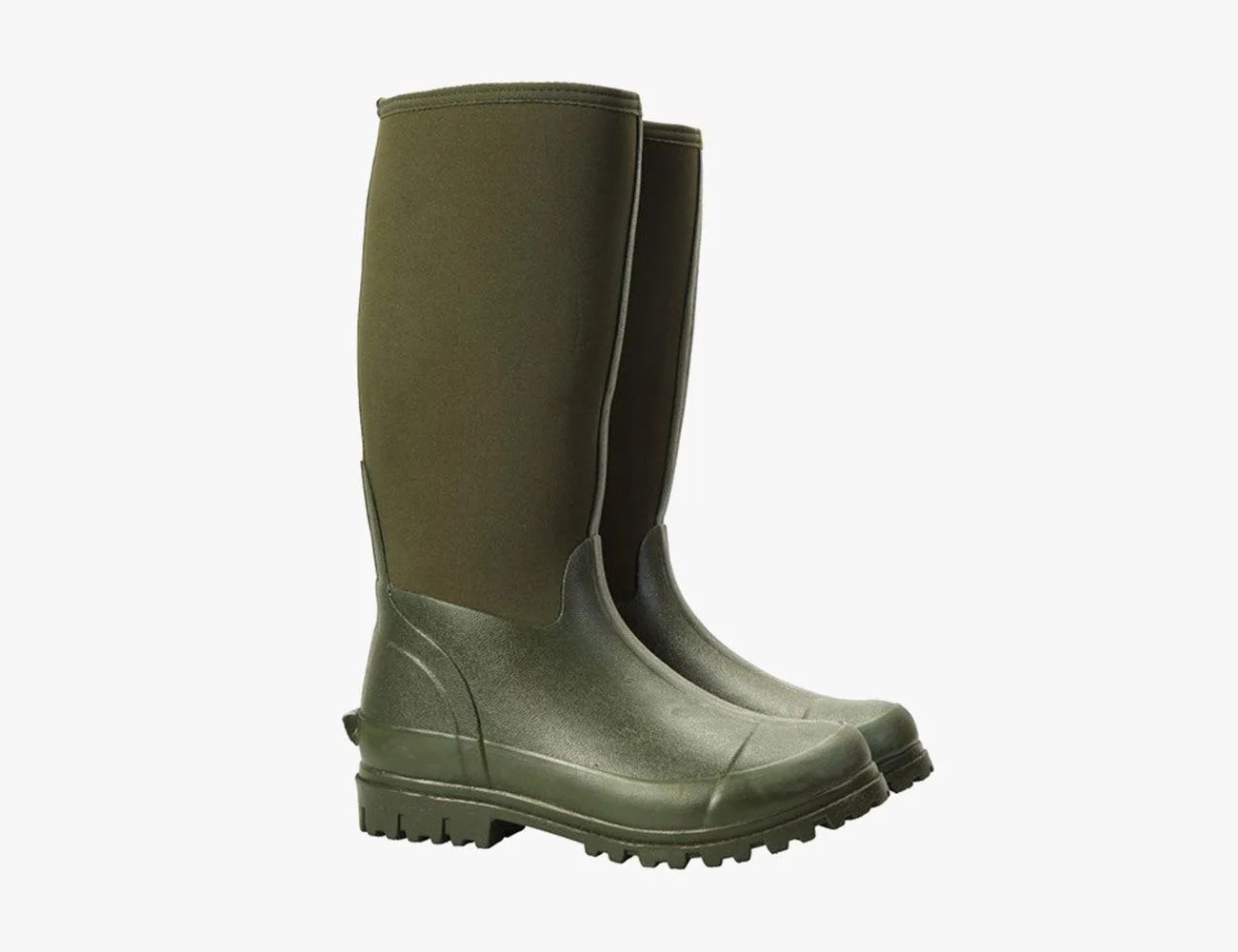Of the boot styles you can really beat to hell without worrying about them much, muck boots take the crown. And that’s even against stiff competition: work boots, rain boots, engineer boots, duck boots and hiking boots, to name a few. Yes, the term “muck boots” are an abbreviation for an official brand — The Original Muck Boot Company, which was founded in 1999 — but it’s also a broader description for a style of boots.
They’re recognizable by their super-high uppers (11-17 inches to be exact), rubber or neoprene construction, traction-focused tread, are seamless and slip on and have few, if any (save for maybe an adjustable gusset for tightening the shaft), bells and whistles. You can wear these the same way you’d wear rain boots, but they are obviously a lot less subtle. Unless your pants are boot cut they likely won’t slide down over these, but that’s OK; if you’re really trying to stay dry (or away from the muck — yes, it’s a noun too! — of your workplace) tucking your pant legs in is probably the best move.
Products in the Guide
-
The Original Muck Boot Company Chore Tall XpressCool
Best Overall Muck Boots
Read more -
Le Chameau Vierzon Jersey Boots
Best Upgrade Muck Boots
Read more -
LaCrosse Grange Boots
Best Affordable Muck Boots
Read more -
Bogs Classic High Waterproof Insulated Rain Boot
Read more -
Hunter Original Tall Rain Boots
Best Modern Muck Boots
Read more -
Kamik Goliath1 Cold-Weather Boot
Read more -
Mountain Warehouse Neoprene Long Mucker Rain Boots
Read more -
Xtratuf Legacy Series Fishing Boots
Read more
What Are Muck Boots?
Muck boots, while technically specific to one brand, Connecticut’s The Original Muck Boot Company, are defined as tall boots capable of keeping your feet, shins and sometimes knees protected from water (whether that be rain or puddles), dirt, mud, sludge, slime and many more kinds of muck.
So, what’s the difference between muck and rain boots? Don’t they both do the same job? Well, yes, but standard rain boots are typically shorter. Wellies (short for Wellington Boots) are the closest comp considering they usually stop near the knee. But while Wellingtons are a little bit more casual — for skipping in puddles, crossing slick city streets and herding cattle dogs on wet grass, like an English Royal — muck boots are made for the farm or wet factory floors or that muddy trail out behind your house.
